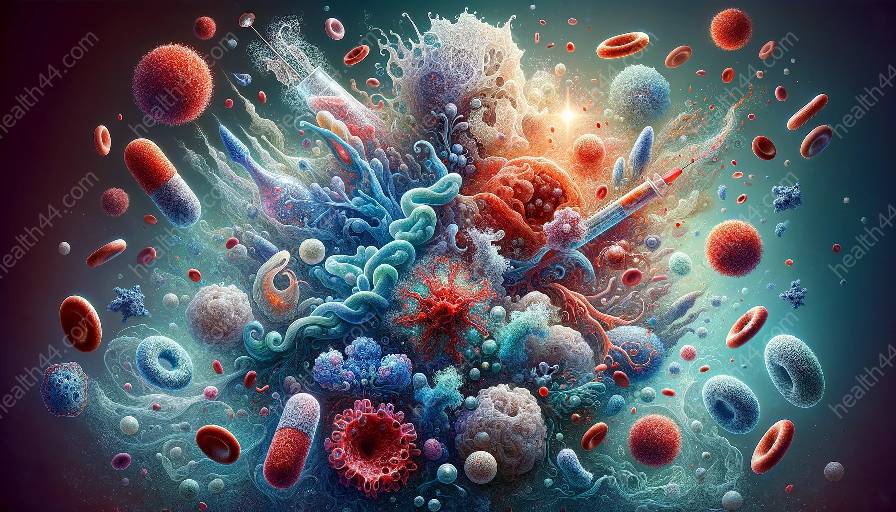As we age, the immune system undergoes a complex series of changes that can impact its ability to protect the body. This decline in immune function, known as immunosenescence, has been found to be associated with the development of autoimmune diseases. This article aims to explore the relationship between immunosenescence and autoimmune diseases, shedding light on the mechanisms behind these conditions and their implications for aging individuals.
Understanding Immunosenescence
Immunosenescence refers to the gradual deterioration of the immune system associated with aging. As individuals age, the immune system undergoes several changes that can impact its ability to respond to infections and maintain tolerance to self-antigens. One of the hallmark features of immunosenescence is a decline in the adaptive immune response, particularly the reduced function of T cells and B cells.
Furthermore, aging is often accompanied by chronic low-grade inflammation, a state known as inflammaging, which can contribute to immune dysfunction. These changes in the immune system can lead to an increased susceptibility to infections, decreased effectiveness of vaccines, and an elevated risk of developing autoimmune diseases.
Impact of Immunosenescence on Autoimmune Diseases
Autoimmune diseases occur when the immune system mistakenly attacks the body's own tissues, leading to chronic inflammation and tissue damage. The link between immunosenescence and autoimmune diseases is a topic of growing interest, as researchers seek to understand how age-related changes in the immune system contribute to the development and progression of these conditions.
One of the mechanisms thought to underlie the association between immunosenescence and autoimmune diseases is the breakdown of immune tolerance. With age, the immune system becomes less efficient at distinguishing self from non-self, leading to the potential for auto-reactive immune cells to escape regulation and initiate autoimmune responses.
Additionally, alterations in the function of regulatory T cells, which play a critical role in maintaining immune tolerance, have been observed in the context of immunosenescence. The decline in regulatory T cell function may contribute to the loss of tolerance and the development of autoimmune diseases in older individuals.
Strategies for Addressing Immunosenescence and Autoimmune Diseases
Given the intricate relationship between immunosenescence and autoimmune diseases, there is a need to develop strategies to mitigate the impact of aging on the immune system and reduce the risk of autoimmune conditions. Research in this area has highlighted several potential avenues for intervention.
Immunomodulatory Therapies
Immunomodulatory therapies, which aim to manipulate the immune system to restore balance and tolerance, represent a promising approach for managing autoimmune diseases associated with immunosenescence. These therapies may include the use of biologics, small molecule inhibitors, or immune checkpoint inhibitors to modulate immune cell function and dampen autoimmune responses.
Targeted Vaccination Strategies
Developing targeted vaccination strategies that account for age-related changes in the immune system is crucial for improving vaccine efficacy in older individuals. By tailoring vaccines to enhance immune responses and overcome immunosenescence-related immune deficits, it may be possible to provide better protection against infectious diseases and potentially reduce the incidence of autoimmune diseases.
Nutritional Interventions
Emerging evidence suggests that certain dietary interventions and nutritional supplements may have the potential to modulate immune function and mitigate the effects of immunosenescence. For example, the role of micronutrients, such as vitamin D and omega-3 fatty acids, in supporting immune health and reducing inflammation is an area of active investigation.
Conclusion
Immunosenescence exerts a profound impact on the immune system, shaping its ability to mount protective responses and maintain self-tolerance. The intricate interplay between immunosenescence and autoimmune diseases underscores the importance of understanding age-related changes in the immune system and their implications for autoimmune pathogenesis. By unraveling the mechanisms linking immunosenescence to autoimmune diseases, researchers and healthcare professionals can pave the way for targeted interventions to improve immune function and address the growing burden of autoimmune conditions in aging populations.


